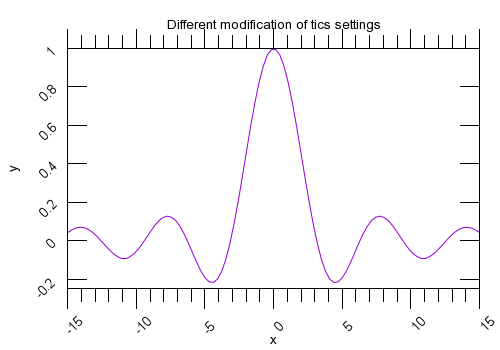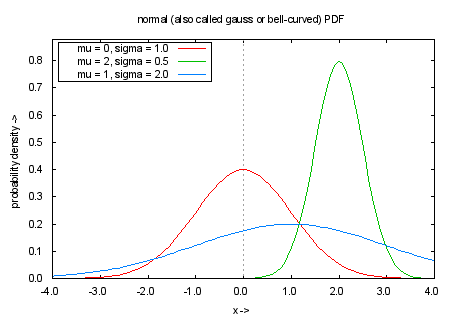

GFDL GNU Free Documentation License true true A copy of the license is included in the section entitled GNU Free Documentation License.

#Gnuplot exponential software
Permission is granted to copy, distribute and/or modify this document under the terms of the GNU Free Documentation License, Version 1.2 or any later version published by the Free Software Foundation with no Invariant Sections, no Front-Cover Texts, and no Back-Cover Texts. The algorithm attempts to minimize SSR, or more precisely, WSSR, as the residuals are ’weighted’ by the input data errors (or 1.0) before being squared.I, the copyright holder of this work, hereby publish it under the following licenses: This quantity is often called ’chisquare’ (i.e., the Greek letter chi, to the power of 2). What does the chisquare in gnuplot stand for? They can affect the parameter estimates, since they determine how much influence the deviation of each data point from the fitted function has on the final values. How are data error estimates used in gnuplot?ĭata error estimates are used to calculate the relative weight of each data point when determining the weighted sum of squared residuals, WSSR or chisquare. Optionally, error estimates can be input for weighting the data points. There can be up to 12 independent variables, there is always 1 dependent variable, and any number of parameters can be fitted. How many independent variables can be fitted in gnuplot? 5#5function6#6 is any valid gnuplotexpression, although it is usual to use a previously user-defined function of the form f(x) or f(x,y). The syntax is, analogous to plot see plot ranges (p. Ranges may be specified to temporarily limit the data which is to be fitted any out-of-range data points are ignored. Use letters to represent parameters that will be used to fit a function. If you were instead to type What do you use to fit a function in gnuplot?Īny user-defined variable occurring in the function body may serve as a fit parameter, but the return type of the function must be real. Note that gnuplot can be very picky about the order you give modifiers to the plots. More variations are possible see the online help for more information. When both x and y error bars are used, there must be four columns present, and x error bars must be specified first in the data file. Let’s fit those parameters with gnuplot The command itself is very simple, as you can notice from the syntax, just define your fitting prototype, and then use the fit command to get the result: # m, q will be our fitting parameters f (x) = m * x + q fit f (x) ‘data_set.dat’ using 1:2 via m, q
#Gnuplot exponential how to
So, after starting up gnuplot, at the gnuplot> prompt you would type: plot exp(-x**2 / 2) How to fit a data set with gnuplot? In gnuplot, exponentiation uses **, not ^. Suppose you want to plot the function f(x) = exp(-x^2 / 2). Plotting functions in gnuplot is really quite easy. % gnuplot plot ‘data.csv’ f (x) = a* exp (-x*b) + c fit f (x) ‘data.csv’ via a,b,c plot f (x), ‘data.csv print a, b, c. In this case, we tell gnuplot to take the independent variable from column 2, and the dependent variable from column 1.įitting an exponential curve with GNUPlot. If the value is simply a number, gnuplot will take that data piece from the specified column in the datafile. Where does gnuplot take the value in the datafile?

When to use X and Y error bars in gnuplot?


 0 kommentar(er)
0 kommentar(er)
